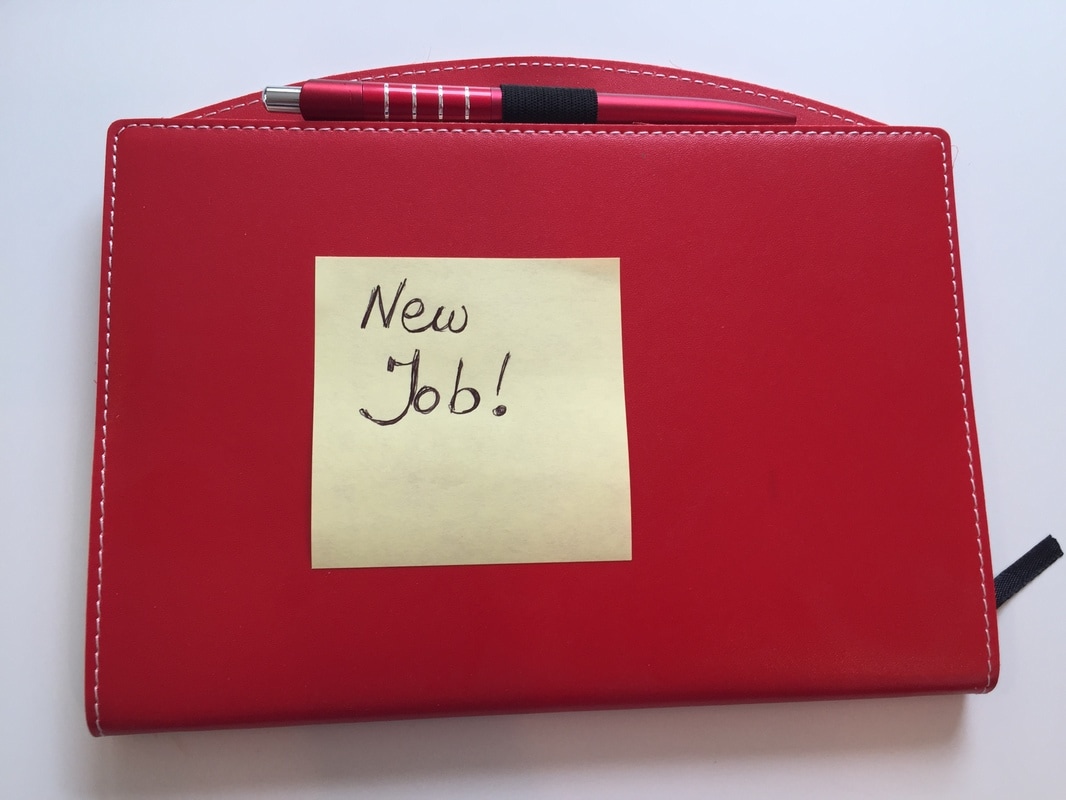
Even if you have networked extensively and have an established connection at the company you are seeking to work at, you cannot underestimate the importance of a well-crafted resume.
Your resume is the prologue to the story you tell the employer about yourself and your professional background. It tells the employer where you’ve been and where you want to be headed next. It lays the setting for further conversation.
And you know that in today’s competitive job market, you can’t afford to showcase yourself in any but the best possible light.
Which is why, I recommend that you spend a good chunk of time editing and updating your resume before clicking ‘send’. This is particularly important if it’s been a while since you’ve updated the document and/or are considering switching careers.
Below are 7 tips for drafting a stronger resume:
Make Sure the Formatting is Consistent and Resume is Typo-free
Tiny details often tell a much bigger story. Formatting may seem less important that the substance of your resume, but make no mistake. If the formatting is not consistent throughout the document, it says one thing about you: you rush to get the job done. No employer wants to see quality sacrificed for speed. The same point applies to typos. Take extra time and read each bullet point over at least twice to make sure there are absolutely no errors or inconsistencies.
The Resume Length Should Be 1- 2 pages
Unless you are an academic or a scientist and have a long list of publications to list, it is not generally recommended that your resume exceed 2 pages. For young professionals without an extensive job history, the ideal length is 1 page.
In today’s competitive job market, it’s not unusual for an employer to receive hundreds of resumes for one position. A hiring manager will likely spend only a minute, if that, reviewing your resume before deciding whether you make the cut for an interview or not. They want to quickly assess your qualifications and appreciate a concisely crafted document.
Use a Chronological Format
You have likely come across two different formats for a resume: chronological and functional (or sometimes a mix of those two). In a chronological resume, as the title implies, you list your experience chronologically, with accomplishments as they pertain to each job experience. In a functional resume, on another hand, you highlight your abilities and categorize your skills instead of creating a timeline for your work experience.
If you are a career changer, are re-entering the workforce, or have gaps in your resume, you may prefer the functional format because it takes the focus off the gaps. You may think that works in your favor. And there are times you may be right.
However, when a prospective employer picks up your resume, she wants to quickly understand your work history. Functional resumes typically take longer to piece together, and the hiring manager may simply choose not to take the time to do so. It may also seem that you are trying to hide the gaps, rather than focusing on your skills and abilities, and your efforts can backfire.
So, why not play it safe and use the more popular chronological format? Then spend some time drafting a good cover letter where you tell your story and summarize your skills.
List any Gaps in Employment
This point is related to the recommendation above. Yes, you may be concerned about putting down gaps in your resume, particularly large gaps, however it is better to be upfront about them than seem like you are trying to hide something.
If you have taken time off to raise a family, as one example, put that down. Took time to travel? List that as well. If during the “break”, you did consulting or freelance work, be sure to list those projects. Any volunteer experience during the gaps should not go in the work experience section, but in a separate volunteer section.
Tailor Your Resume to the Job Description
The days of the standard resume are gone. You can no longer send the same resume to multiple employers and expect that you will be rewarded with a call back. Want to show you are genuinely interested in the job? Then take some time to tweak your resume and customize it to fit the job to which you are applying.
How can you tailor for best results?
First of all, create a compelling narrative throughout the resume that shows your work history and prior experiences are a good fit to the desired position. You will have to show you have built a set of skills in your prior roles that will be transferrable to the new position. Put emphasis and highlight the type of work that’s relevant to the new job. Delete or minimize any work or other experience that doesn’t directly apply.
Use keywords listed in the job description. This point is important! Many times your resume may not even make it past the employer’s applicant tracking system, if the wording within the resume does not match with the specific skills and qualifications listed in the job description.
Scan the job description carefully to make sure you understand the requirements of the position. Then, identify your past work/projects that match those requirements and use the same vocabulary used by the hiring manager to describe the experience in your resume. But no embellishments or exaggerations! Those can become obvious down the line and will surely backfire.
Quantify Your Achievements
When you talk about your experience, what do you want the prospective employer to remember? That you worked on some project they’ve never heard of, or that you can produce results? Likely the second. You are an attractive candidate because you have proven time and time again that you can deliver by increasing sales, revenues, or by creating more efficient processes. Show and quantify those achievements for each role you list on your resume. Talk about any improvements that you were responsible for.
Use Strong Language – Action Verbs and Keywords
If your Experience section is packed with words like “managed”, “led”, or “oversaw”, perhaps it’s time to update it. Although common, these words have become so overused that they risk obscuring and minimizing your true accomplishments. Worse yet, instead of highlighting your uniqueness, you’ll seem like everybody else.
So, why not be a bit creative?
Start out each description with strong action verbs instead. Try “headed”, “planned”, “executed”, “organized”, “built”, “created” or “implemented”, as just some examples. Don’t stop there. Look up action verbs for more great ideas.
And don’t forget to sprinkle in the all-important keywords. As mentioned before, hiring managers search by keywords to find resumes that match the skills and qualifications listed in job description. Make sure your resume includes those keywords.
Use Bullet Points
This may be an obvious point, but it can’t hurt to repeat it. The clearer your resume, the easier it is for the prospective employer to get a quick grasp of your history and identify your key leadership roles, contributions and accomplishments. Use bullets to communicate your information clearly and effectively. When you show that you can create a well-organized resume, you will be sure to stand out from the crowd.





 RSS Feed
RSS Feed